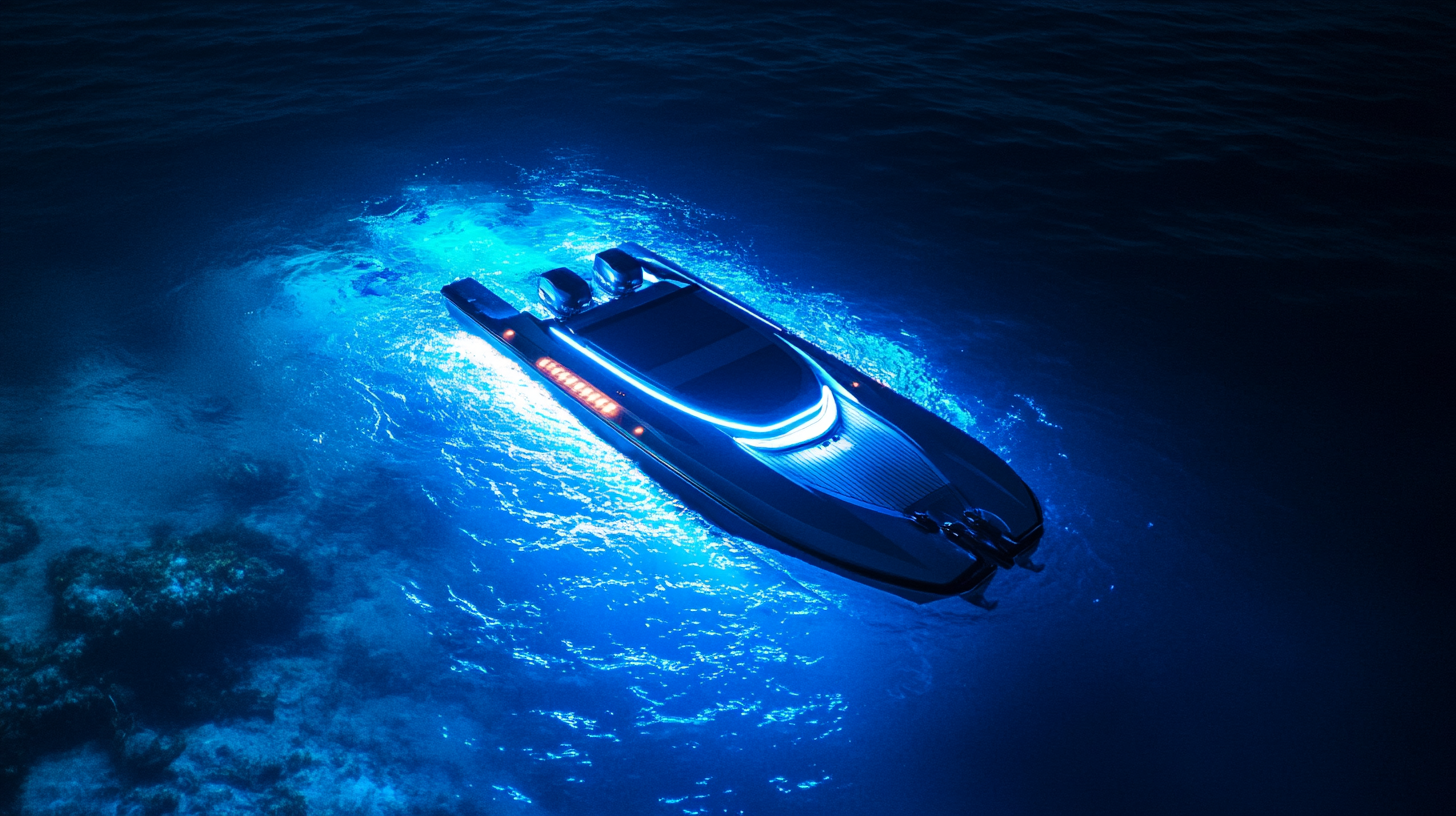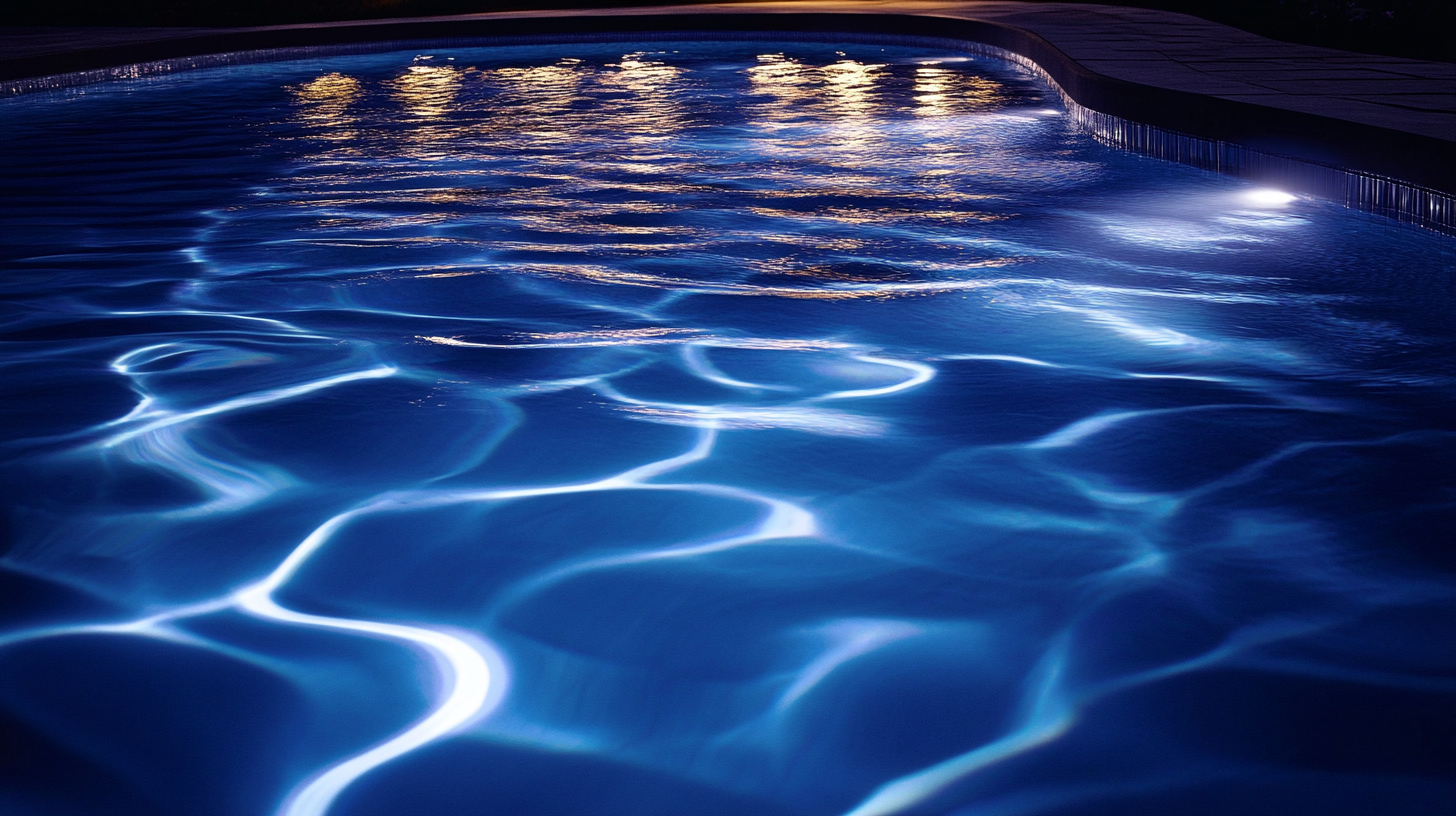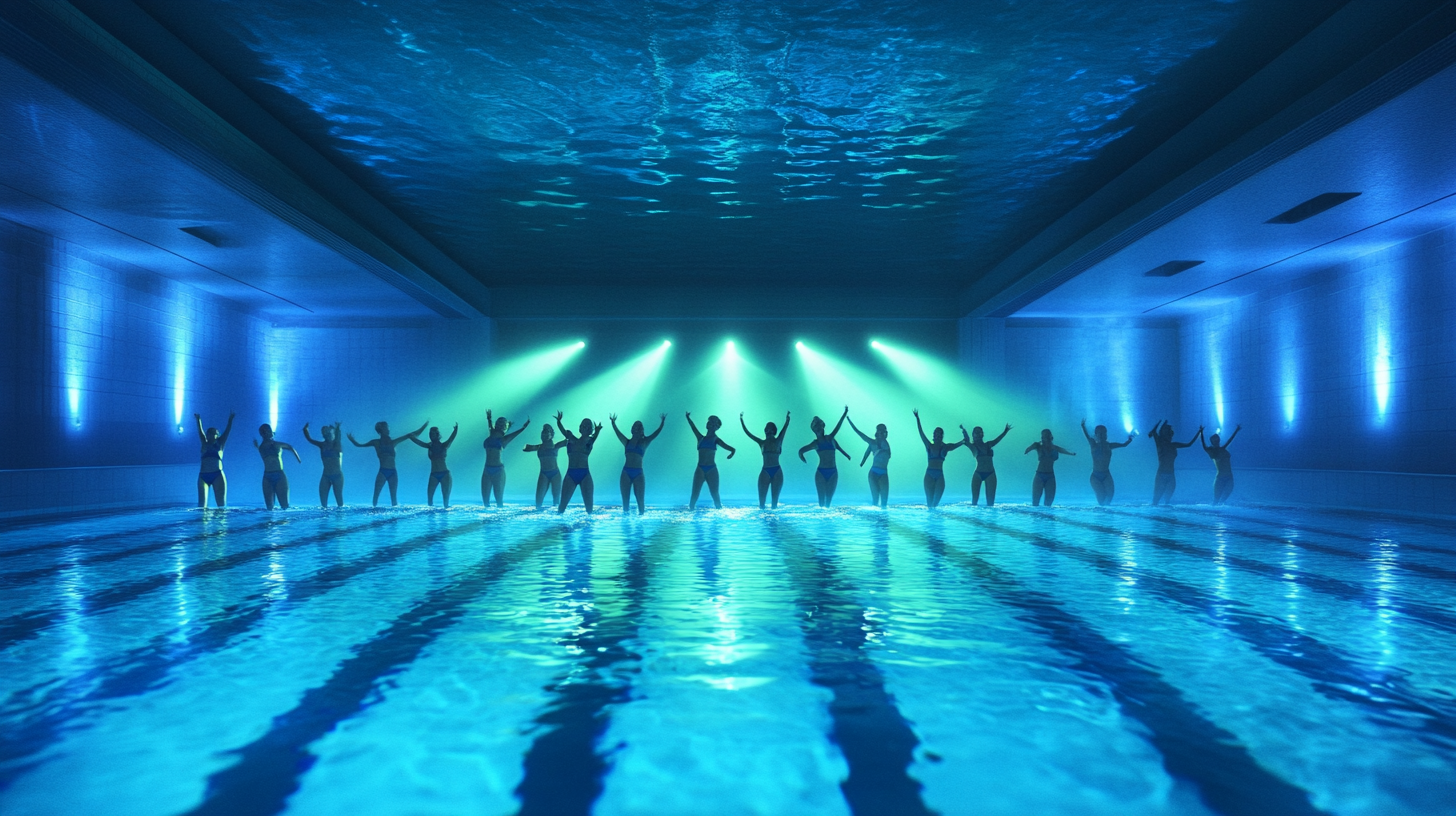The latest trends in underwater boat lights technology
The world of underwater lighting has experienced significant strides, especially in the realm of LED efficiency. What once was a nice-to-have accessory for seasoned boaters has now become an essential feature, thanks to the latest trends in this technology. Modern LED boat lights are pushing the boundaries by offering bright, vivid illumination with minimal energy consumption. This advancement in efficiency means that boat owners can now enjoy hours of vibrant underwater lighting without the fear of draining their batteries.
One of the most exciting developments is the ability to produce the same level of brightness with far less power. This increased efficiency not only enhances the overall boating experience but also ensures longer durability of the lights themselves. The shift towards high-efficiency LEDs is largely powered by improvements in semiconductor materials and innovative engineering, which have dramatically reduced heat output, a common concern with traditional lighting technologies.
Moreover, these advancements allow for smaller and more compact designs, providing endless possibilities for underwater lighting. Whether it’s lining the hull or illuminating the deep underwater world for a late-night dive, the latest in LED efficiency technology is enabling boat lights to shine brighter, last longer, and consume less power—a win-win for boat enthusiasts.
Integration with smart boat systems
As the marine industry propels toward smart technology, the seamless integration of underwater boat lights with modern boat systems has taken center stage. Gone are the days when underwater lighting was viewed as a stand-alone feature; today’s latest trends showcase smarter, more interconnected solutions that allow boaters to control their lights with unparalleled ease and precision. With a few taps on a smartphone or a swipe on a boat’s touch-screen dashboard, you can now adjust the intensity, color, and even the lighting patterns of your boat lights.
A central driver of this technology is the integration with smart boat systems that oversee everything from navigation and engine performance to entertainment and monitoring systems. With these integrated systems, underwater lighting can be synced with other onboard electronics, enabling scenarios where the lights change coloration based on the music playing or where they automatically dim while the boat is anchored to conserve energy. The possibilities are limited only by the boat owner’s imagination, as manufacturers continue to create intelligent apps and remote controls that put custom lighting schemes right at your fingertips—sometimes even through voice-activated commands!
This smart integration ensures not only convenience but also enhances safety on the water. For instance, some systems allow you to program lights to follow a preset behavior, such as gradually changing colors or intensifying the brightness as the sun sets, thereby improving visibility during low-light conditions. As these technologies evolve, expect to see even greater compatibility with other smart boating solutions, creating a fully connected and responsive onboard environment. The convergence of underwater lighting technology with smart systems is not just a trend—it’s paving the way for a new era of luxury and functionality in the marine world.
Color versatility and customization
One of the most compelling innovations in the realm of underwater boat lights is the increased versatility in color customization. Gone are the days when boaters were limited to just a few basic colors; today’s technology offers a dazzling array of color options, allowing boat owners to create their desired ambiance with ease. Whether it’s a soothing blue hue to mimic the natural ocean environment or a vibrant, party-ready rainbow of changing colors, the possibilities are endless. Thanks to the advancements in LED technology, these lights can display an impressive spectrum of colors, which can be controlled remotely through dedicated apps or synched with onboard smart systems for a truly personalized experience.
This leap in color versatility allows boaters to set the mood on their vessel with a simple tap on their smartphone or a quick command to a voice-activated system. Exciting new options include lights that can shift colors in response to music beats, offering a dynamic party atmosphere, or those that can gradually transition through a range of colors for a more tranquil and relaxing ambiance. Moreover, the latest trends in underwater lighting are moving beyond just static colors; programmable sequences and mood-based presets mean that your boat’s underwater lights can now tell a story or set the perfect backdrop for any occasion.
In addition to aesthetic upgrades, color customization features serve functional benefits as well. Boaters can adjust the color intensity for improved visibility in murky waters or switch to more subtle hues to avoid attracting unwanted marine life. This multitasking capability of modern boat lights enhances not only the visual appeal of your vessel but also its safety and operational efficiency. The future of underwater boat lights is certainly bright—with every imaginable color at your fingertips, you have the power to transform your sea-bound adventures into a vibrant, unforgettable spectacle.
Enhanced durability and waterproofing
The latest trends in underwater boat lights technology have not only focused on aesthetic features like color customization but have also made significant advances in durability and waterproofing. The marine environment is one of the harshest for electronic devices, with constant exposure to saltwater, high humidity, and fluctuating temperatures posing serious challenges. However, recent technological breakthroughs have significantly enhanced the reliability and lifespan of underwater lighting systems, making them more robust than ever before.
Modern underwater lights are now crafted using advanced materials such as high-grade stainless steel, bronze, and even marine-grade polymers. These materials are chosen specifically for their resistance to corrosion and their ability to withstand prolonged exposure to seawater without degrading. Additionally, many of these lights are also coated with specialized anti-fouling compounds that prevent the accumulation of marine organisms, such as barnacles and algae, which can otherwise obstruct light output and cause long-term damage.
But perhaps the most significant development in this realm is the improvements in waterproofing technology. Achieving and maintaining a strong, watertight seal is crucial for the longevity of underwater lights. Today’s top-tier boat lights feature sophisticated sealing methods that combine multiple layers of protection. Typically, a high-quality rubber or silicone gasket is employed to seal the casing, and this is often coupled with advanced bonding materials that ensure the integrity of the seal even under extreme pressure and temperature variations.
Testing standards have also become more stringent to guarantee the highest levels of waterproofing. Products are now expected to meet or exceed international standards such as IP68, which certifies that the light can function underwater at depths of up to several meters for extended periods. Some manufacturers have gone a step further by implementing pressure-testing protocols that simulate the conditions several meters below the water’s surface, ensuring that their lights will perform reliably in all sorts of marine environments—from shallow coastal waters to deep blue seas.
Moreover, modern designs are moving toward modular construction, which allows individual components of underwater lights to be easily replaced or upgraded without compromising the water-sealed housing. This modularity not only extends the longevity of the system but also provides cost-effective maintenance options for boat owners.
Overall, the relentless advancement in materials science, coupled with innovative engineering solutions, has led to a new generation of underwater boat lights that offer unprecedented levels of durability and waterproofing. As a result, boaters can navigate or anchor with confidence, knowing that their lights will illuminate the depths reliably, regardless of the conditions. The trends in underwater lighting technology continue to evolve, promising even more rugged and resilient systems that can withstand the unforgiving marine environment with ease.
Environmental considerations and sustainability
As technology continues to evolve, the focus on environmental considerations and sustainability in underwater boat lights has gained significant attention. With growing awareness about the impact of marine activities on ocean ecosystems, manufacturers are increasingly prioritizing eco-friendly designs and practices in their latest products. One of the most notable changes is the shift towards using materials and production processes that minimize environmental harm.
For instance, many of the latest trends in underwater lighting technology incorporate the use of lead-free and mercury-free components. Traditional boat lights, especially older ones, often contained elements that could leach harmful chemicals into the water when they corroded or were improperly disposed of. Modern eco-friendly alternatives aim to eliminate these risks, offering more sustainable options without compromising performance or durability.
Another key development is the move towards energy-efficient lighting systems that reduce the overall carbon footprint of marine operations. Advances in LED technology allow boat lights to consume far less energy, which in turn reduces the amount of fuel needed to power the boat’s electrical systems. This not only lessens the environmental impact but also results in cost savings for boat owners through decreased fuel consumption and longer-lasting lights.
Moreover, some manufacturers are exploring solar-powered options, which can further decrease reliance on fossil fuels. These lights collect solar energy during the day and store it in integrated batteries, providing a renewable energy source to power the lights at night. Although solar-powered underwater lights are still a relatively niche market, the technology is rapidly improving, making it a viable option for environmentally conscious boaters.
Another significant aspect of sustainability in this field is the importance of reducing light pollution in marine environments. Excessive underwater lighting can disturb marine life, particularly species sensitive to light, such as sea turtles and certain fish. The latest trends in underwater boat lights emphasize better control over light intensity and direction, helping to minimize the impact on wildlife. Manufacturers are now offering fixtures that allow for precise targeting of light beams, ensuring illumination is focused only where it’s needed and avoiding unnecessary light spill.
In addition to this, there is a growing concern about the long-term disposal of underwater boat lights and the impact that discarded components may have on the environment. To address this, some brands are adopting circular economy principles, designing lighting systems that are easily recyclable at the end of their life cycle. This includes using materials that can be separated and repurposed, as well as offering take-back programs where old lights can be returned to the manufacturer for recycling.
These environmental and sustainability considerations are becoming an integral part of the design and marketing strategies for underwater boat lights. As even more boaters become aware of their environmental footprint, demand for eco-friendly lighting solutions is likely to rise, pushing the industry toward further innovation. By prioritizing both performance and sustainability, the latest trends in underwater lighting technology are paving the way for a greener, more responsible approach to enjoying the marine environment.


